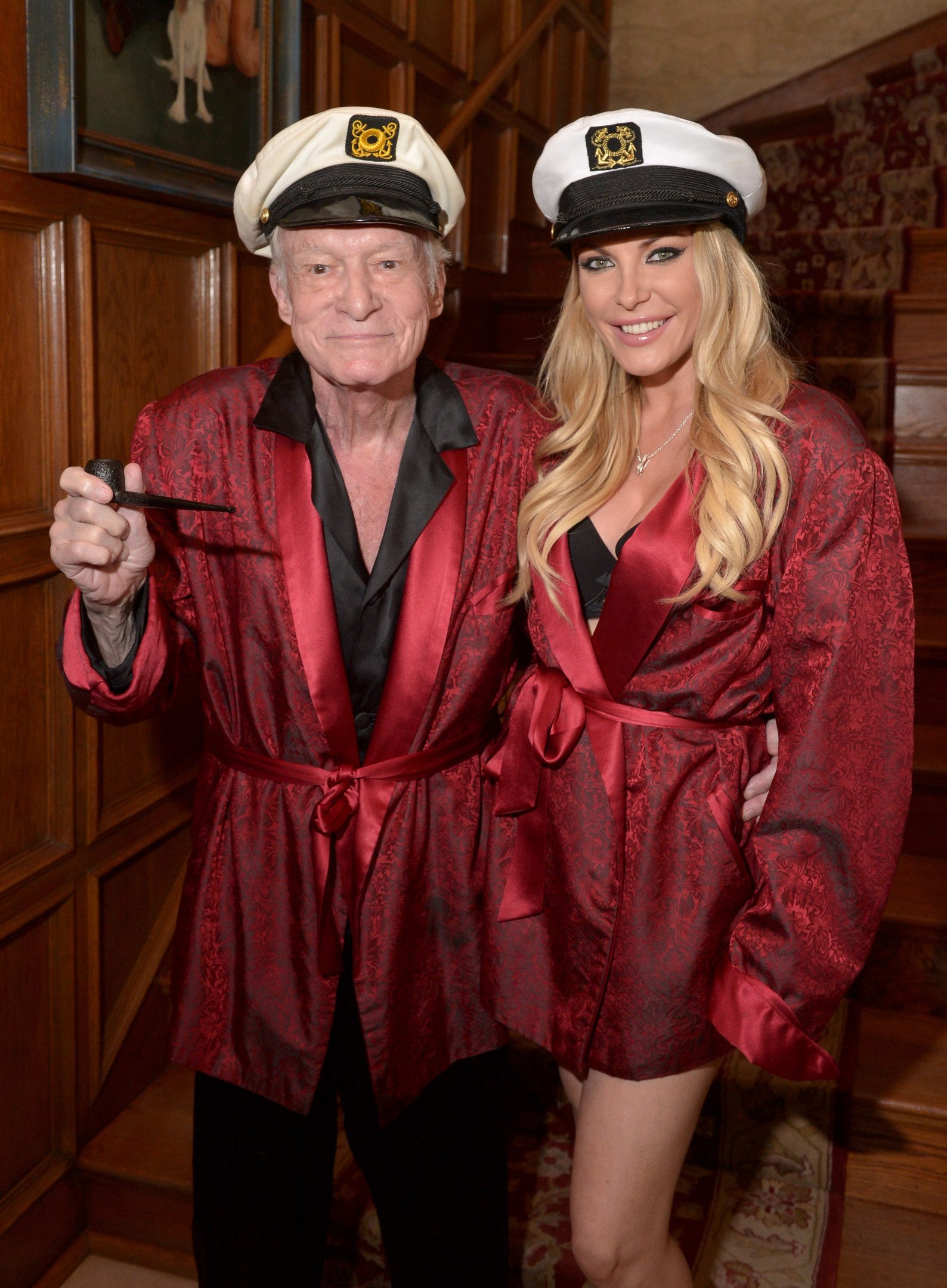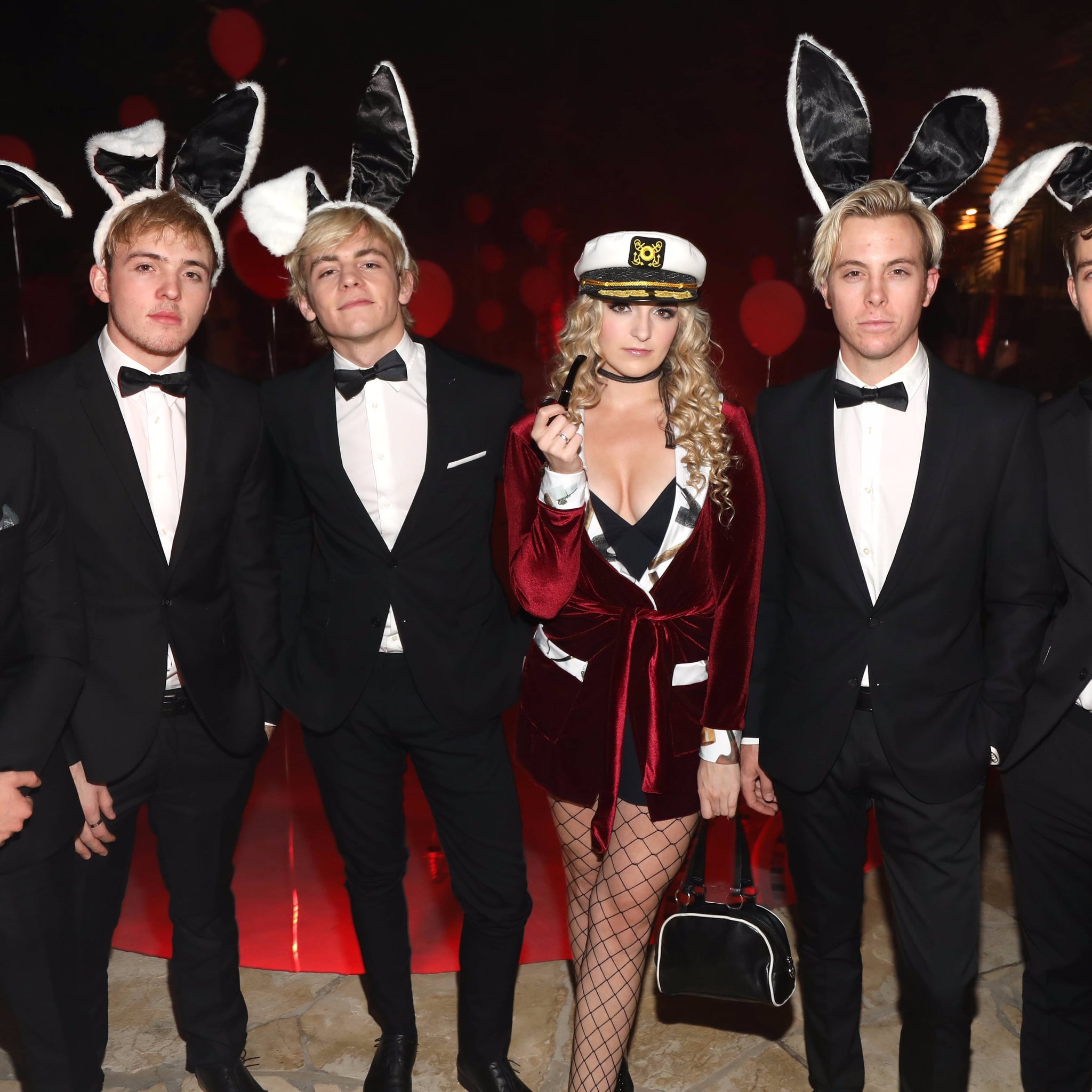
Introduction
Hugh Hefner, the iconic founder of Playboy magazine, is often associated with the famous Playboy Bunny costume. The bunny costume has become an iconic symbol in pop culture and is instantly recognizable around the world. In this article, we will explore the history of Hugh Hefner and the bunny costume, its significance, and its impact on society.
Hugh Hefner: The Visionary
Hugh Hefner, born on April 9, 1926, in Chicago, Illinois, was an American businessman, magazine publisher, and playboy. He founded Playboy magazine in 1953, which quickly became a cultural phenomenon. Hefner had a vision of creating a sophisticated men's magazine that went beyond just nude photography. Playboy featured articles on various topics, interviews with influential figures, and of course, the iconic bunny logo.

The Birth of the Bunny Costume
In 1960, just seven years after Playboy's launch, Hugh Hefner introduced the Playboy Bunny costume. The costume was designed by Zelda Wynn Valdes, a renowned African-American fashion designer. It consisted of a strapless corset, bunny ears, a fluffy tail, and sheer stockings. The bunny costume became an instant hit and quickly became synonymous with the Playboy brand.

The Symbolism of the Bunny Costume
The bunny costume symbolized the allure and mystique of the Playboy brand. It represented beauty, glamour, and sexuality. The bunny ears, often referred to as "ears of a rabbit," were a playful nod to fertility and sensuality. The corset accentuated the curves of the bunny girls, emphasizing their femininity and creating an aura of seduction.

The Playboy Club and Bunny Girls
Hugh Hefner opened the first Playboy Club in Chicago in 1960, where the bunny costume became the official uniform for the waitresses, known as bunny girls. The Playboy Club was a luxurious venue that offered fine dining, entertainment, and a chance to mingle with the iconic bunny girls. The bunny girls quickly became symbols of the Playboy lifestyle and were adored by both men and women.

The Bunny Costume in Pop Culture
The bunny costume's popularity extended beyond the walls of the Playboy Club. It became a popular Halloween costume choice and was featured in movies, TV shows, and music videos. The bunny costume became a symbol of empowerment for women, representing confidence, independence, and sexuality.

Controversies and Criticisms
While the bunny costume gained immense popularity, it was not without its controversies and criticisms. Some argued that it objectified women and perpetuated gender stereotypes. Others criticized the working conditions at the Playboy Club and the treatment of the bunny girls. Despite these criticisms, the bunny costume remained an iconic symbol in pop culture.

The Evolution of the Bunny Costume
Over the years, the bunny costume has undergone several modifications and adaptations. Different variations of the costume were introduced, catering to different events and occasions. The bunny costume evolved to reflect changing fashion trends while still maintaining its iconic elements.

The Legacy of Hugh Hefner and the Bunny Costume
Hugh Hefner and the bunny costume have left a lasting impact on society. Hefner revolutionized the adult entertainment industry, challenging societal norms and promoting freedom of expression. The bunny costume, a symbol of beauty and sensuality, has become an enduring part of popular culture and continues to be recognized around the world.
